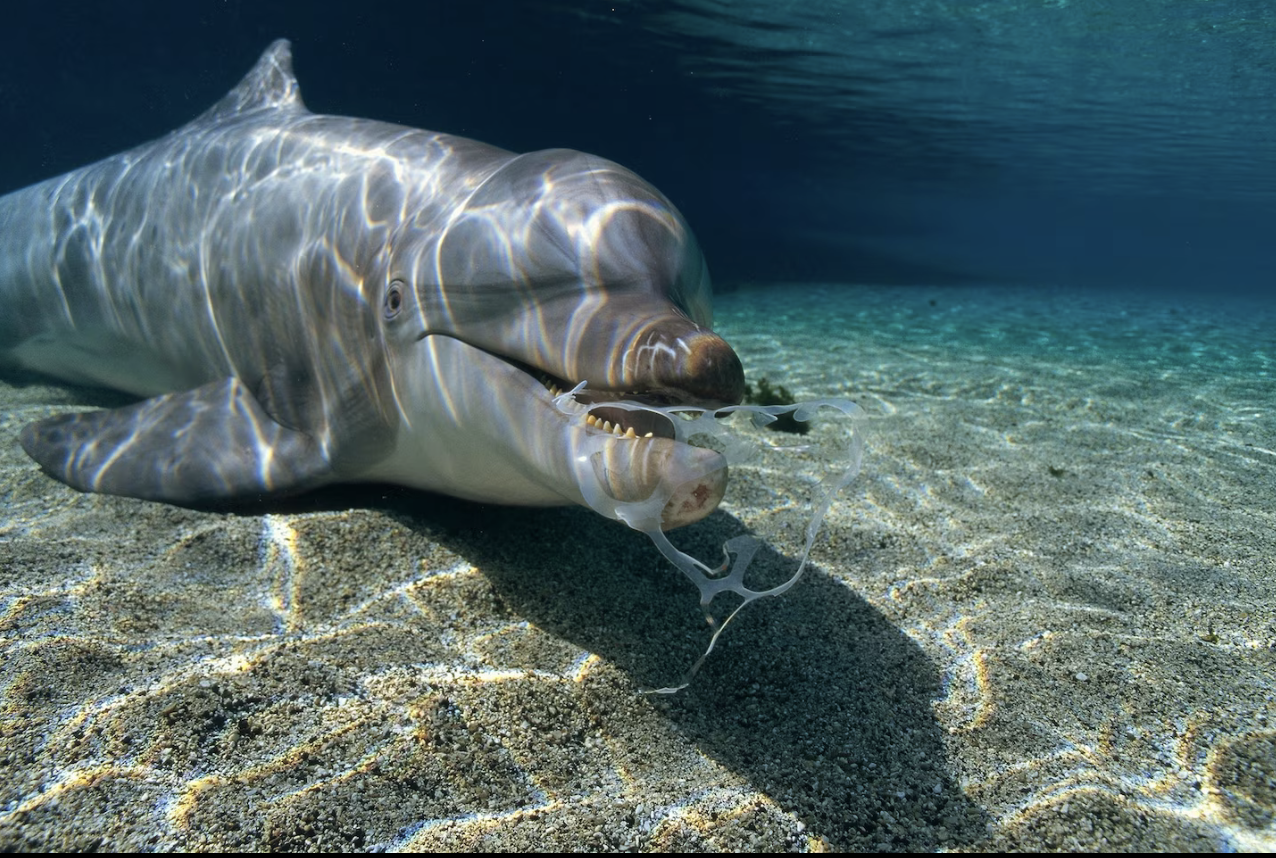Waste put into perspective.
History

Modern plastics made from fossil fuels are just over one hundred years old. The development of these modern types of plastic accelerated just after World War II. At the time, this product revolutionized many aspects of life like medicine, space travel, and aviation. However, because of the convience of these products, this created a new "throw-away culture" Now, single use plastics make up forty percent of all plastic being produced every year. Many of these products, like grocery bags, or food wrappers, may only be needed for minutes, or hours, but live in the environment for hundreds of years.
The numbers
- Half of all plastics ever manufactured have been made in the last 15 years.
- Production increased exponentially, from 2.3 million tons in 1950 to 448 million tons by 2015. Production is expected to double by 2050.
- Every year, about 8 million tons of plastic waste escapes into the oceans from coastal nations. That’s the equivalent of setting five garbage bags full of trash on every foot of coastline around the world.
- Plastics often contain additives making them stronger, more flexible, and durable. But many of these additives can extend the life of products if they become litter, with some estimates ranging to at least 400 years to break down.